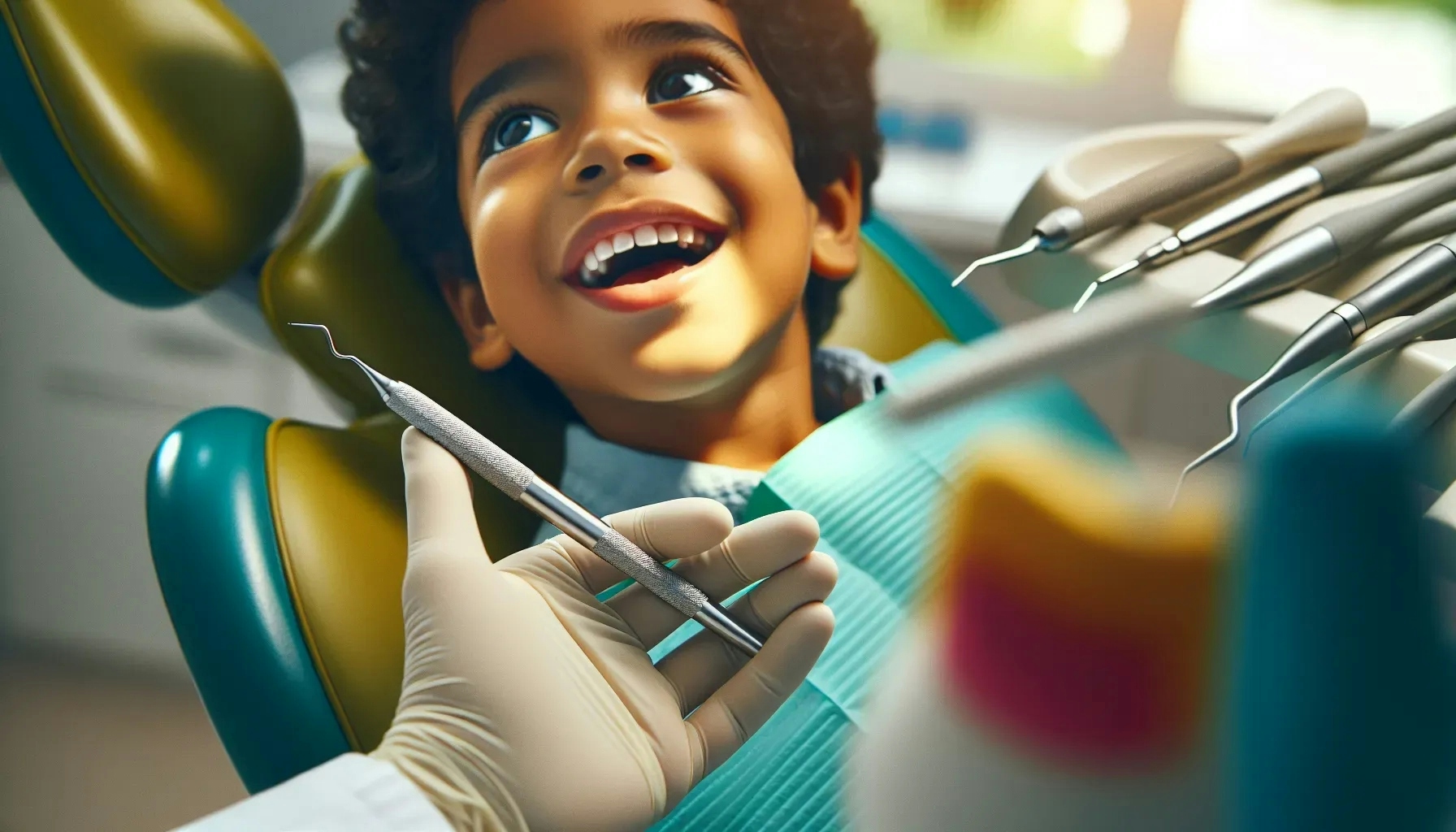What Unique Methods Do Dentists Use to Alleviate Patient Fears of Dental Procedures?
Dentist Magazine

What Unique Methods Do Dentists Use to Alleviate Patient Fears of Dental Procedures?
In the quest to alleviate the common fear of dental procedures, we've gathered insights from a practicing Dentist who emphasizes the strategy of scheduling early and starting with small steps. Alongside this expert perspective, we present additional answers that range from offering sedation options to applying topical anesthetics before a procedure. These unique methods, including the use of painless laser treatments, showcase a variety of innovative approaches to ensure patient comfort and confidence.
- Schedule Early and Start Small
- Offer Sedation Dentistry Options
- Employ Distraction Techniques
- Communicate With Empathy
- Utilize Painless Laser Treatments
- Apply Topical Anesthetics Pre-Procedure
Schedule Early and Start Small
I usually advise all my phobic patients to have early-morning appointments and start small. Upon asking, if they say their major concern is X, then I will handle only that major concern with the minimal required anesthesia so they can be put at ease. Furthermore, I will continuously talk to them in a calm, collected voice, giving them all the information they need but not overloading them with useless information. And I always ask them if there's something they would have preferred to be done differently, so they get ownership of that experience.

Offer Sedation Dentistry Options
To make dental procedures less frightening, dentists often offer sedation dentistry options that help patients relax during their treatment. This could include nitrous oxide, commonly known as laughing gas, oral sedatives, or even IV sedation, depending on the patient's needs and the type of procedure being performed. Sedation allows patients to feel more comfortable and often makes them less aware of the procedure, thereby reducing their anxiety.
The effects of sedation vary in duration and intensity, but they all aim to create a more pleasant dental experience. If you've been avoiding the dentist due to fear, consider asking about sedation options to make your visit more relaxing.
Employ Distraction Techniques
Another method dentists use to ease fears is to employ distraction techniques, such as providing music or videos for the patient to enjoy during their dental procedures. By focusing the patient's attention on pleasant sounds or engaging visuals, their discomfort and anxiety can often be markedly reduced. Many dental offices are equipped with headphones or overhead screens to make such distractions readily available.
This can create a more enjoyable atmosphere, transforming the dental chair into a space for entertainment rather than apprehension. Next time you visit the dentist, you might request your favorite music or a video to help distract you from the procedure.
Communicate With Empathy
Dentists understand that effective communication plays a key role in alleviating patient fears. By speaking gently and providing calm, clear explanations about what to expect before, during, and after a procedure, they can help assuage any concerns or doubts a patient might have. Reassuring patients that they are in control and can stop the procedure if they feel uncomfortable often helps to build trust and reduce anxiety.
The dentist's ability to communicate with empathy and patience can turn a potentially stressful appointment into a manageable and reassuring experience. Feel free to express any concerns to your dentist; they are there to help you through your dental journey.
Utilize Painless Laser Treatments
Innovations in dental technology have led to the use of painless laser treatments that can be ideal for patients who are fearful of traditional dental tools. Lasers can be used for various procedures, including cavity preparations and gum surgery, without the noises and sensations typically associated with dental drills. The precise control afforded by laser technology often results in less pain and quicker healing times.
Because the laser is less invasive, it can minimize a patient's apprehension and discomfort. If you are worried about pain or dislike the drill, ask your dentist about laser options for a quieter and more comfortable dental experience.
Apply Topical Anesthetics Pre-Procedure
Before commencing a dental procedure, applying topical anesthetics can help numb the area and significantly reduce discomfort. The numbing gel is placed at the targeted site to desensitize it, so the patient will feel less during the procedure. This pre-emptive step is commonly used before injections for deeper anesthesia, adding an extra measure of comfort.
Topical anesthetics can give patients a sense of relief, knowing that steps have been taken to minimize pain. Next time you're concerned about discomfort at the dentist's, inquire about topical anesthetics to ease your procedure.